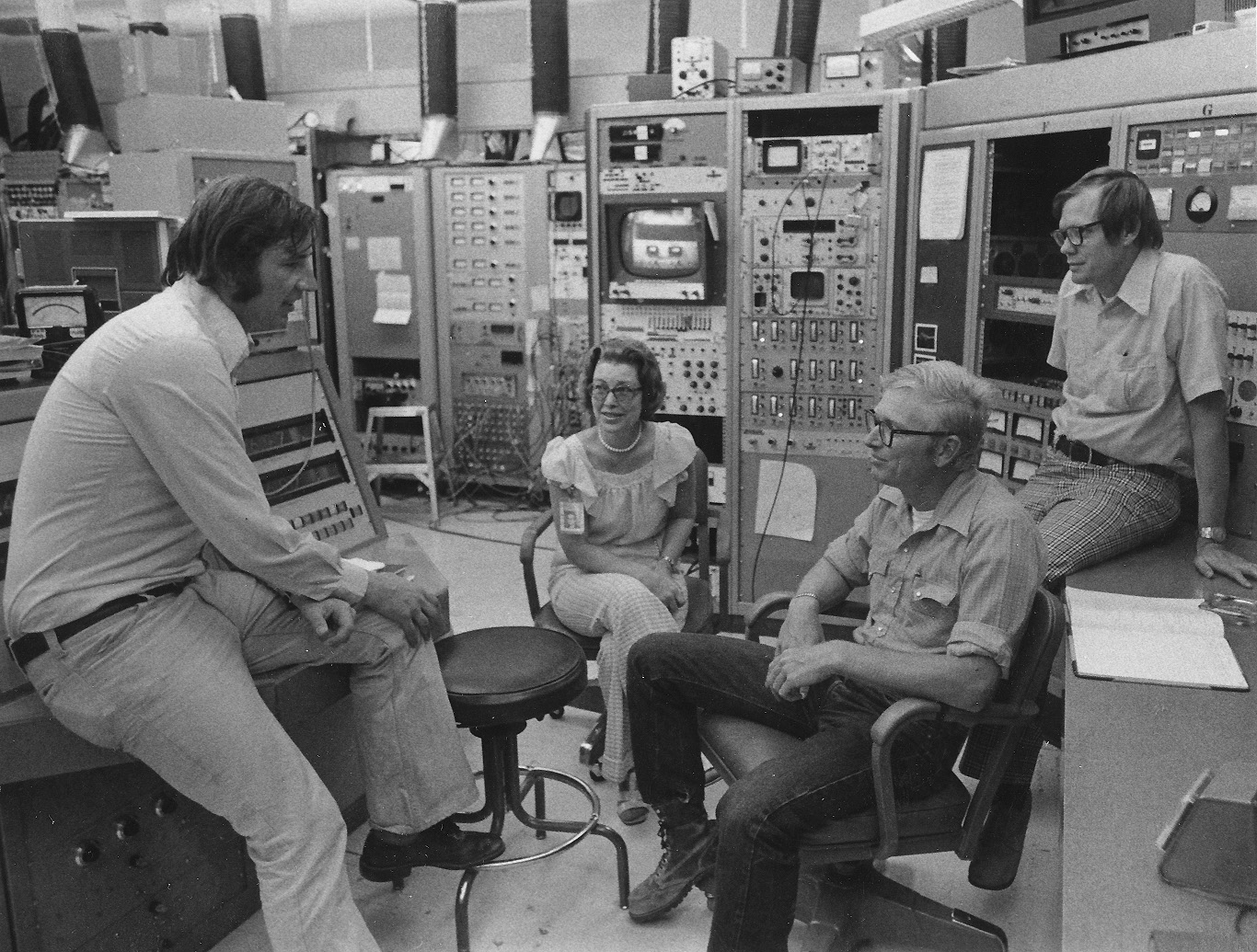|
|
|
|
|
|
|
|
|
|
|
|

Van de Graaf Accelerator Facility--Discovery of 1.5-second 259 FM Los Alamos National Laboratory, 1975 |
|
She is a member of numerous professional organizations and advisory committees, including the American Chemical Society (Fellow), the
American Institute of Chemists, the American Physical Society, the American Association for the Advancement of Science, and other honorary
societies. Among the awards she has received are the John Dustin Clark Award (1976); Alumni Citation of Merit, Iowa State University (1978);
|
|
~ In 1944 Darleane Christian arrived at Iowa State to major in art. Here she describes what inspired her to change her major from art to chemistry... DH:
Things to learn about.
Even though I started out in applied art and found I didnít
like applied art. I had no talent for it.
The chemistry courseóI had to take a standard Home Ec freshman
course, which included chemistry. TZB:
Right, did only the women have to take that or did men and women
take that together, that Home Ec-chemistry course? DH:
No, it was just for Home Ec majors and so I had to take it.
I also had to take history.
I tested out of English so I was in a creative writing course
instead.
That was a marvelous course, but I sweated blood over that course
because Iím not a creative writer in the sense of thinking of things
from whole cloth, but I learned a lot.
I would get up in the middle of the night and write my creative
writing themes.
Anyhow,
I found out that chemistry was the thing I really liked. TZB:
What really intrigued you? DH:
I believe that I was lucky that I had to take the home ec
chemistry course because Professor Naylor
somehow just struck a chord with me.
Chemistry seemed like the most logical science.
You could see where it was going, how things went together.
Probably if Iíd taken the regular chemistry course I wouldnít
have felt that way.
She was not a mentor in the sense that we usually talk about
because I donít think she even knew who I was.
TZB:
Just the way she piqued your interest in this subject. DH:
It was the way she taught it.
At the time I donít think she realized it and Iíve since
thought when I teach, sometimes youíll think, ďWell, Iím not
getting through to anybody.Ē
Then youíll get a note a couple years later, somebody saying,
ďYou really turned me on.
It meant a lot,Ē and from that experience Iíve
thought
how important it is that professors that teach the freshmen as well as
the upper class students. ~ |
Introduction / List / ISU History / Resources / Bibliography
Twentieth Century Women of Iowa State
University
Comments: archives@iastate.edu
URL: http://historicexhibits.lib.iastate.edu/20thWomen/revisedSept2005/20thcenturywomen.html